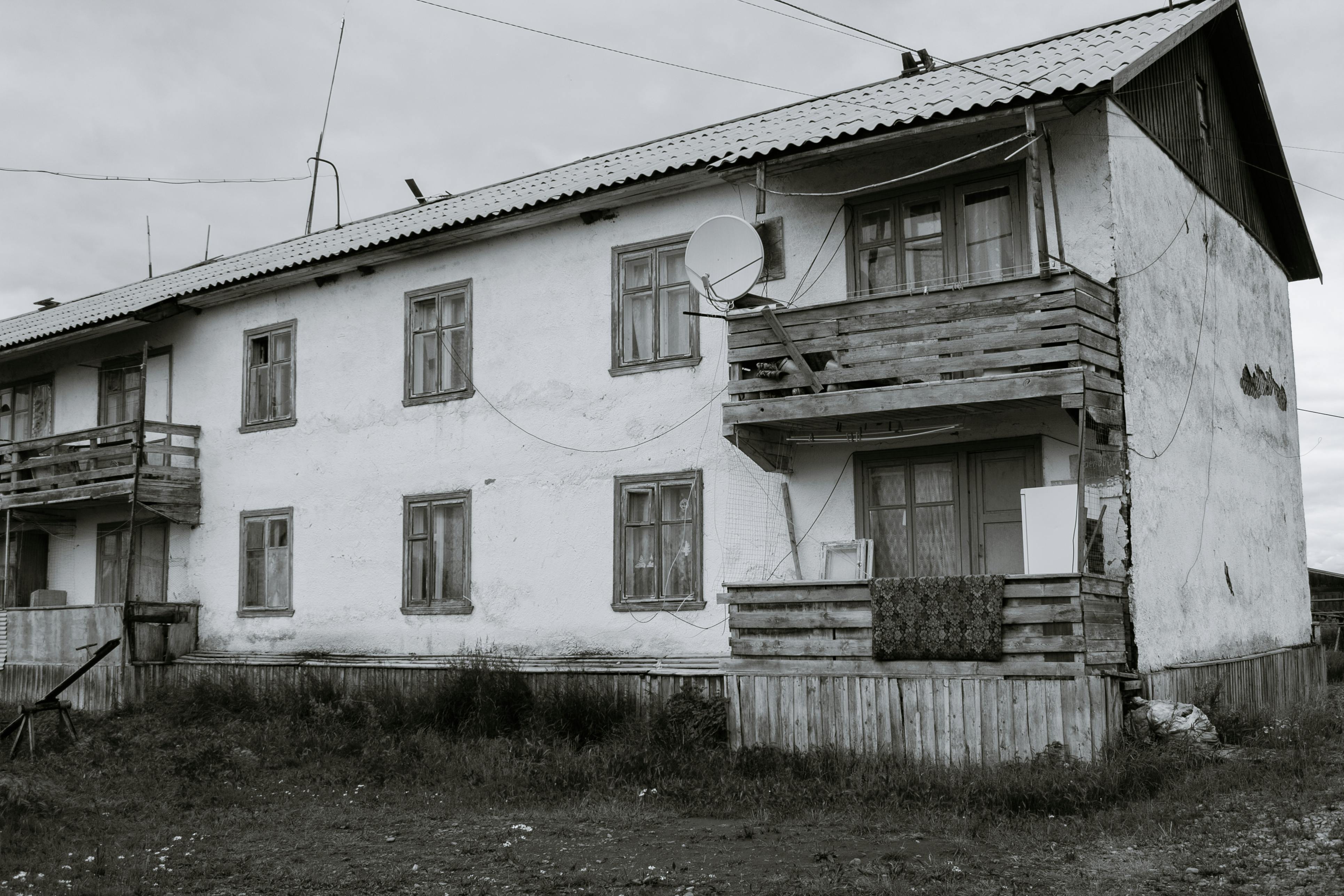Almost everyone here in New England knows why an ice dam leak occurs, so I’m not going to go into detail about the anatomy of an ice dam leak. However, let me give you, reader, a brief summary to refresh your memory. Snow accumulates on the roof. The exterior wall of the house on the eaves loses heat, usually due to poor insulation. The heat rises through the roof and begins to melt the snow. The outside temperature freezes the melt and it rises up the roof under the shingles. This cycle continues day after day and then it happens… the warm day, the thaw. The water is now under the shingles and works its way into the house usually along the interior wall at the intersection of the roof overhang.
Call your contractor or roofer and they will tell you that the roof was not installed correctly. Some will tell you that the insulation needs to be corrected or that the ventilation is not working properly. It can be fixed? Yes. Anything can be arranged. In some cases, you’ll want to rebuild your roof to include proper overhangs and proper shading vents with the correct ratio of ridge vents or gable vents to create air convection up the roof to keep it cool. Someone might even tell you to build a cool roof. There are always the heating cables that you can run on the ceiling, or maybe you could jump down a metal skirt. That’s a 2-foot metal border around the perimeter of the roof in hopes that ice and snow will slide off rather than collect. What often happens with these solutions is that the ice dam forms higher on the roof, right on top of the recently installed “solution”, which can further aggravate the problem.
Some of these solutions might be helpful in correcting the problem. But over time, with an asphalt roof, you will end up with more ice dams even though you have corrected the ventilation.



